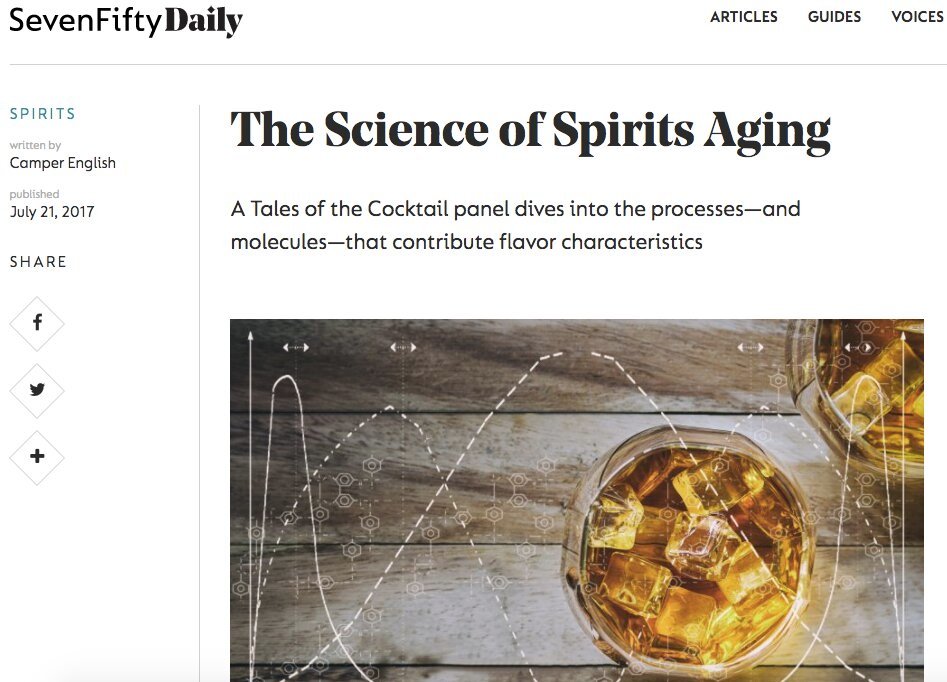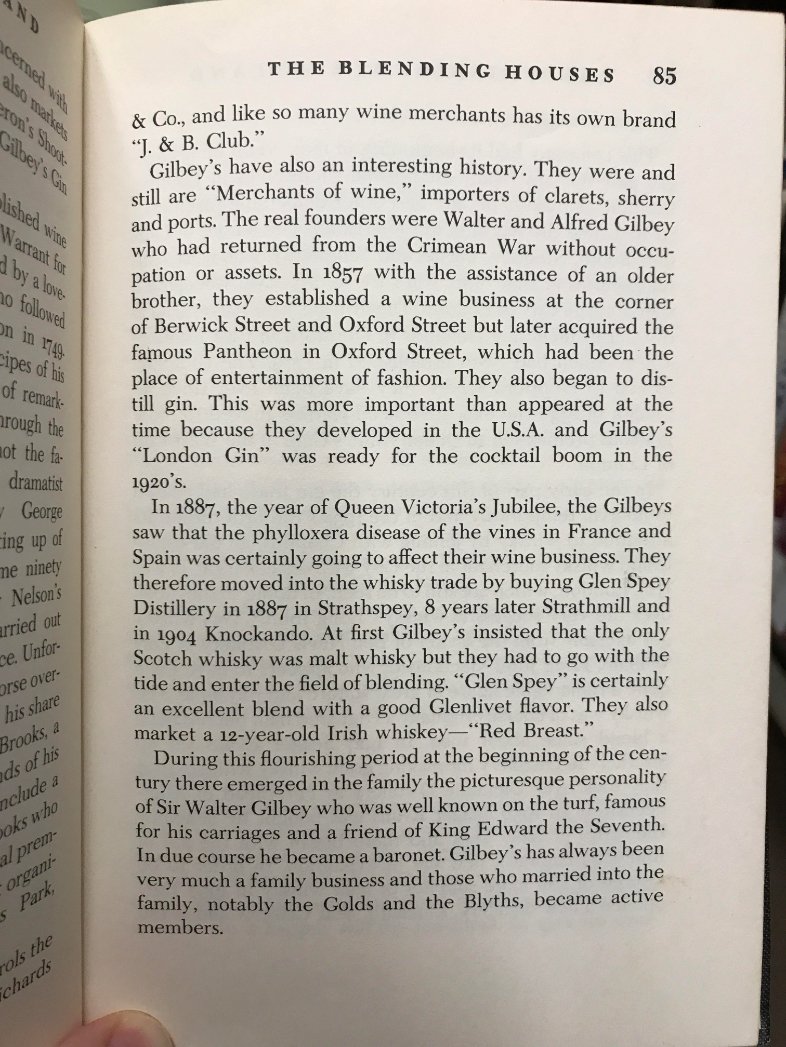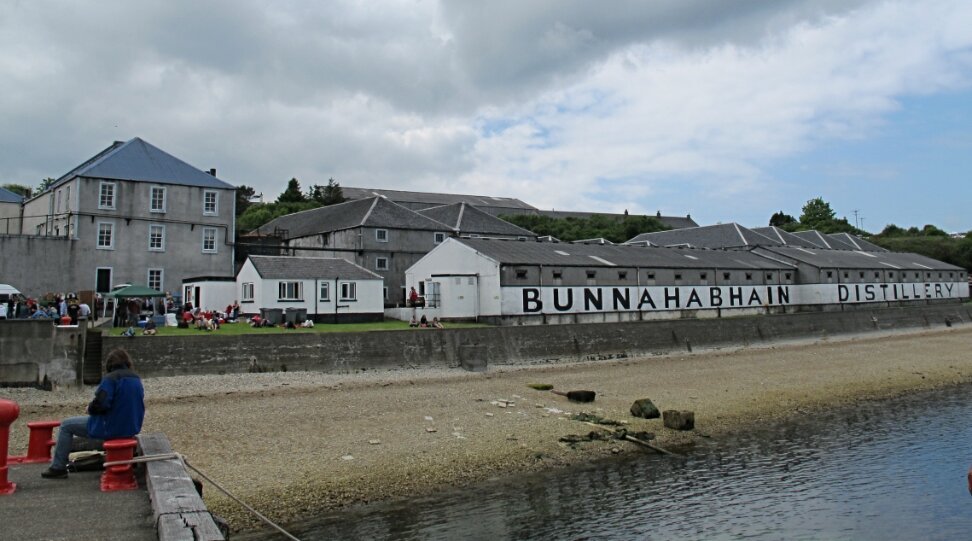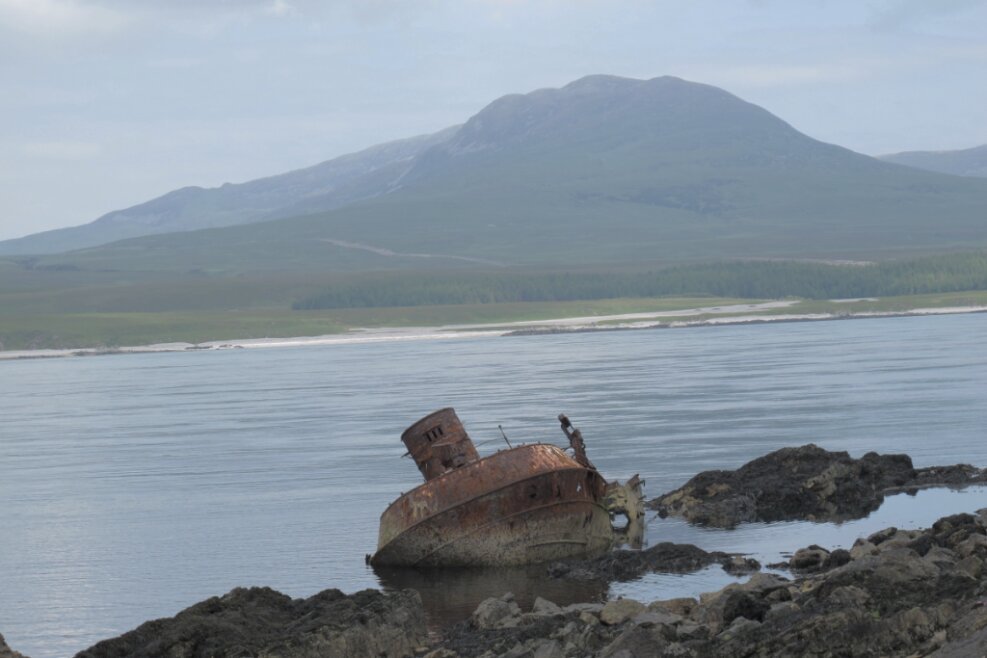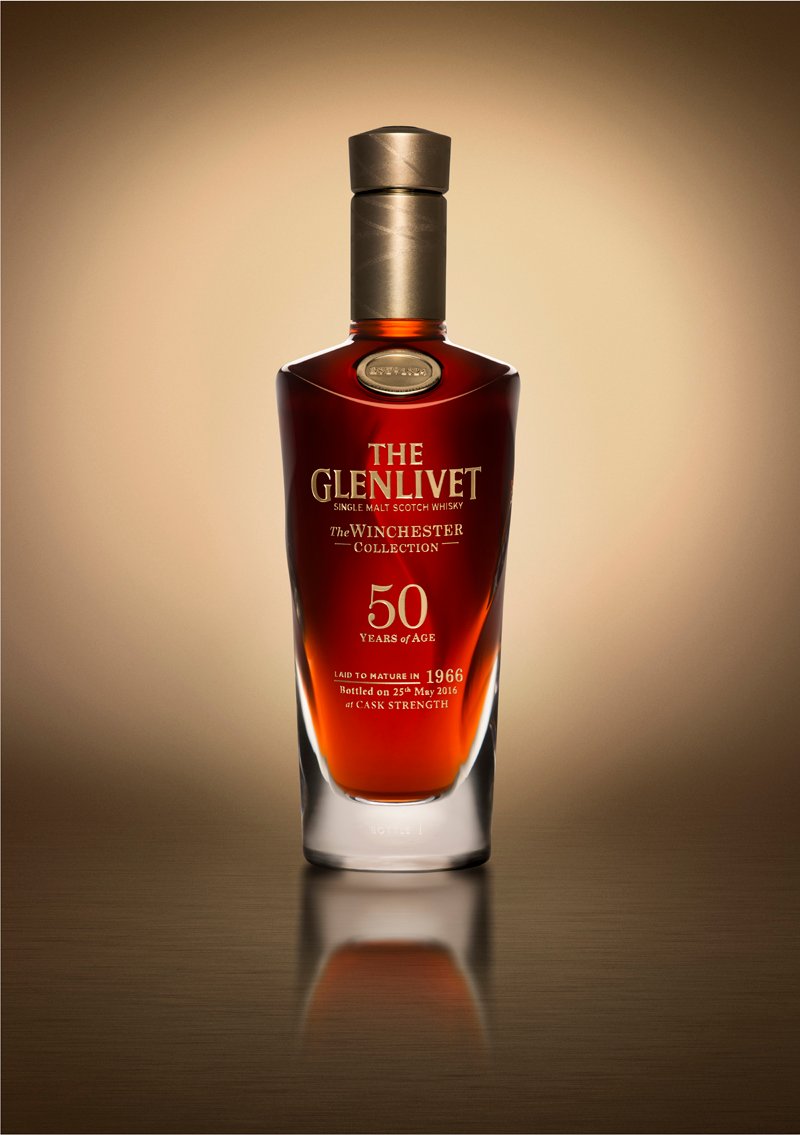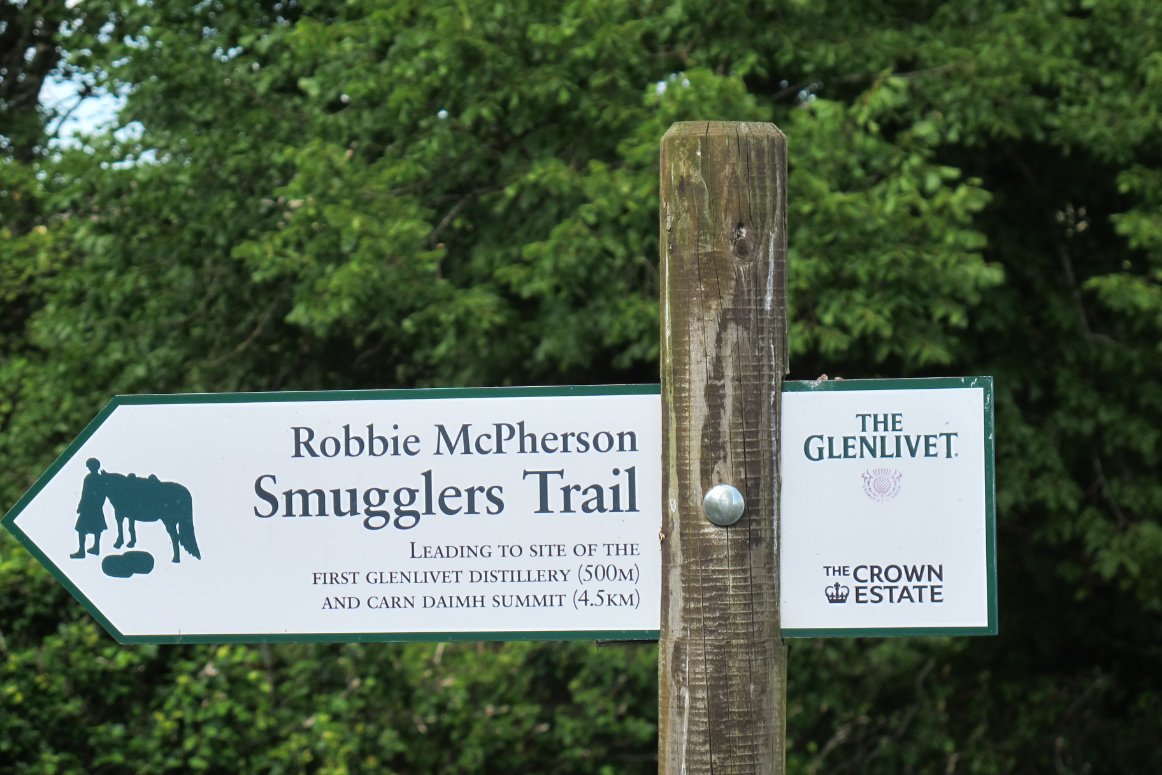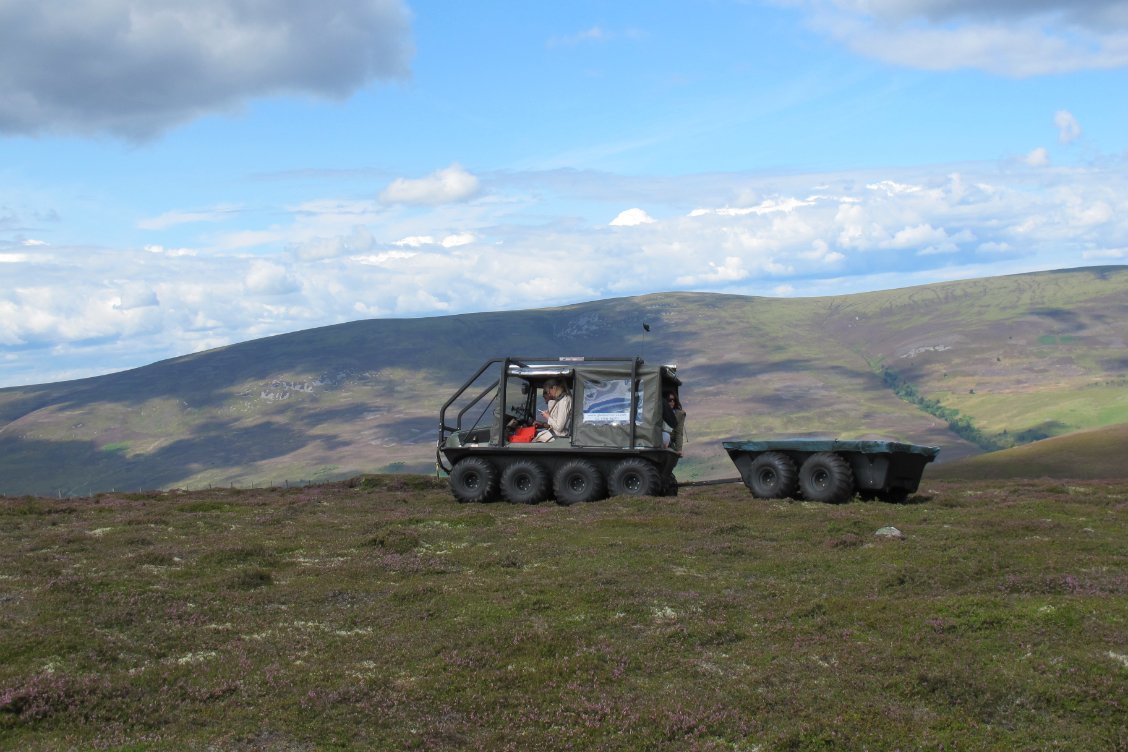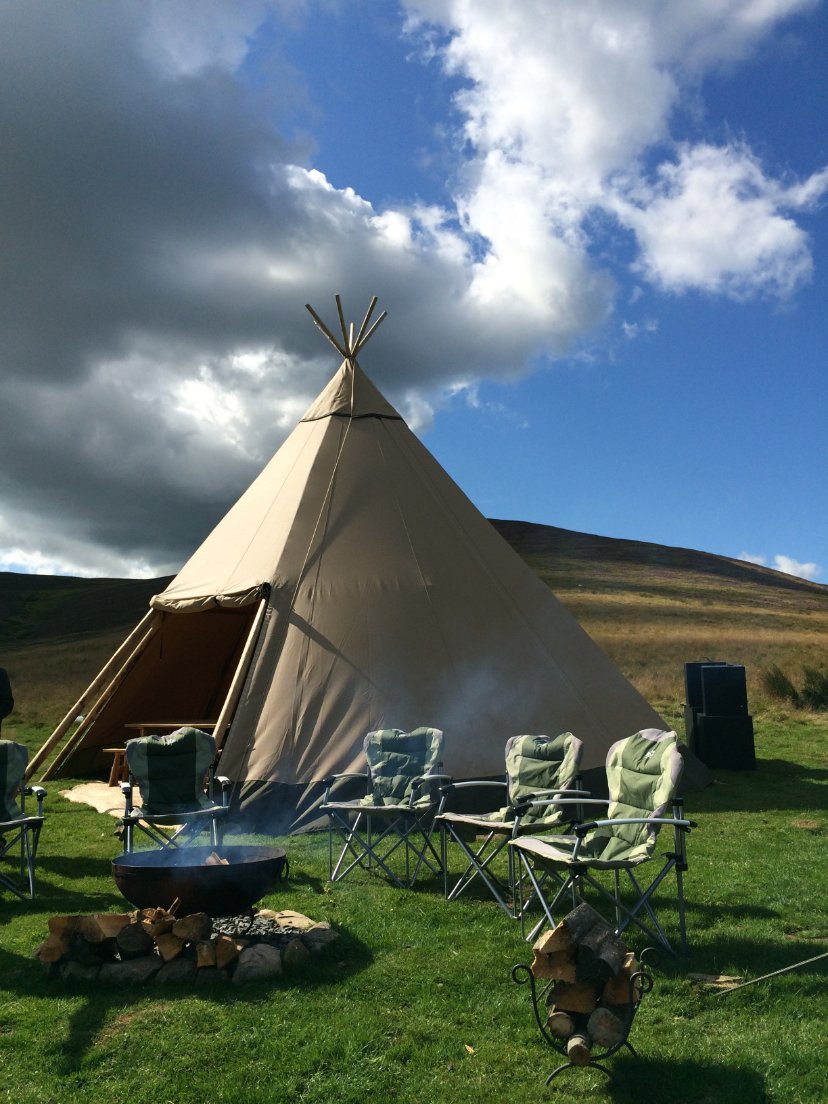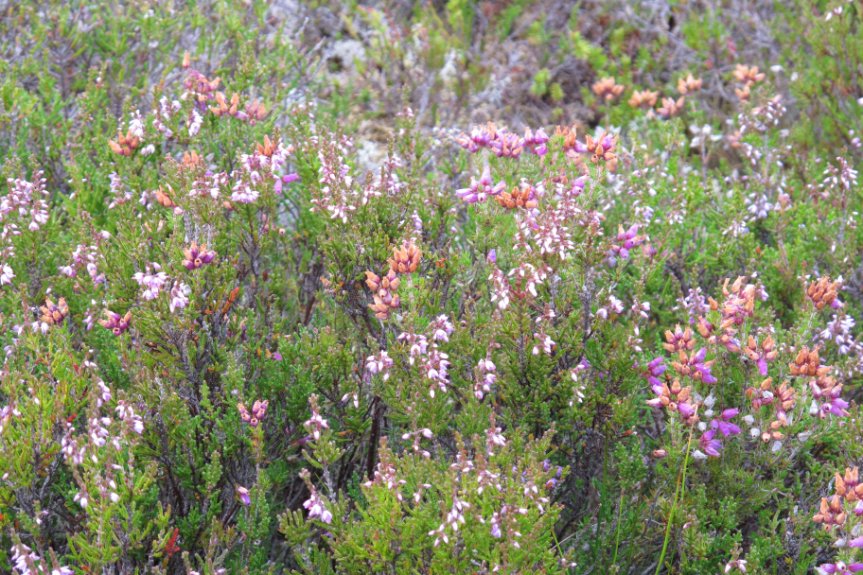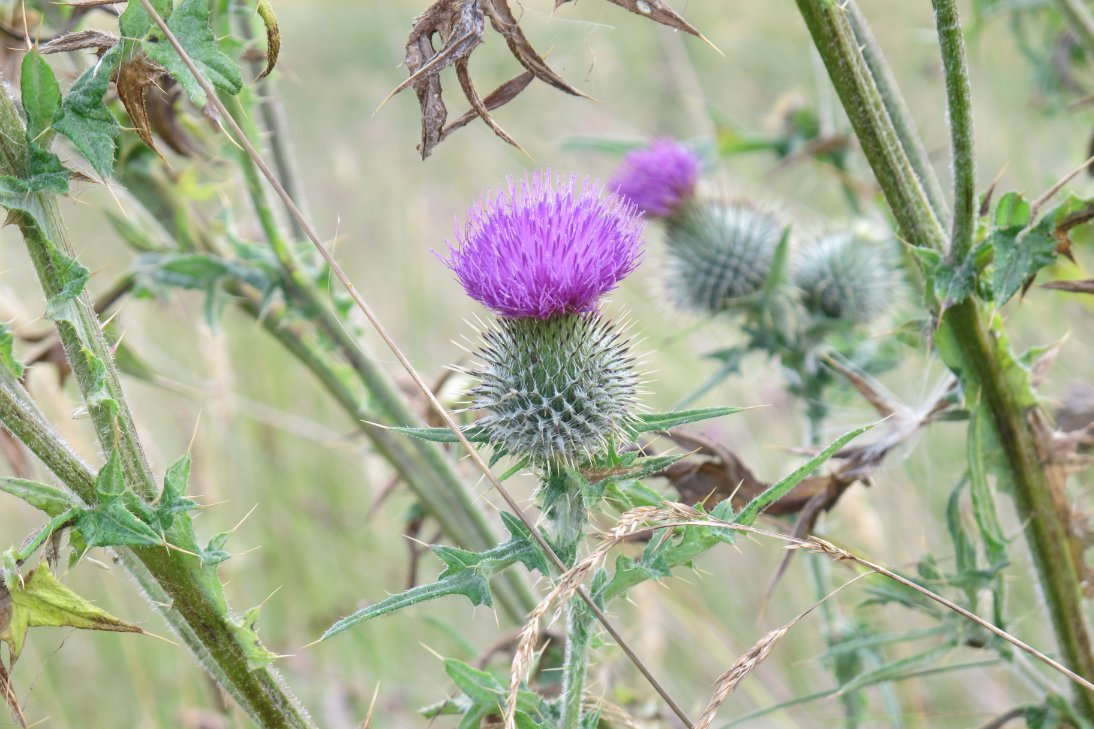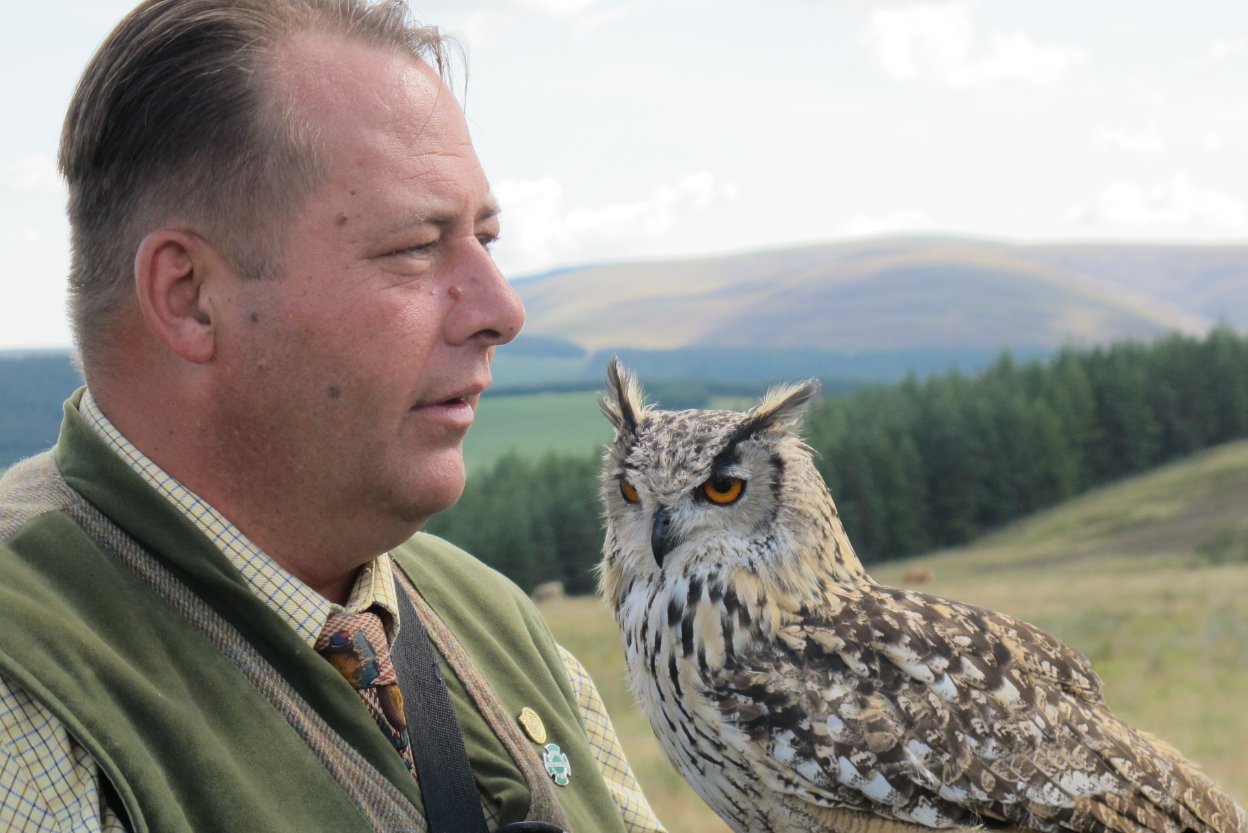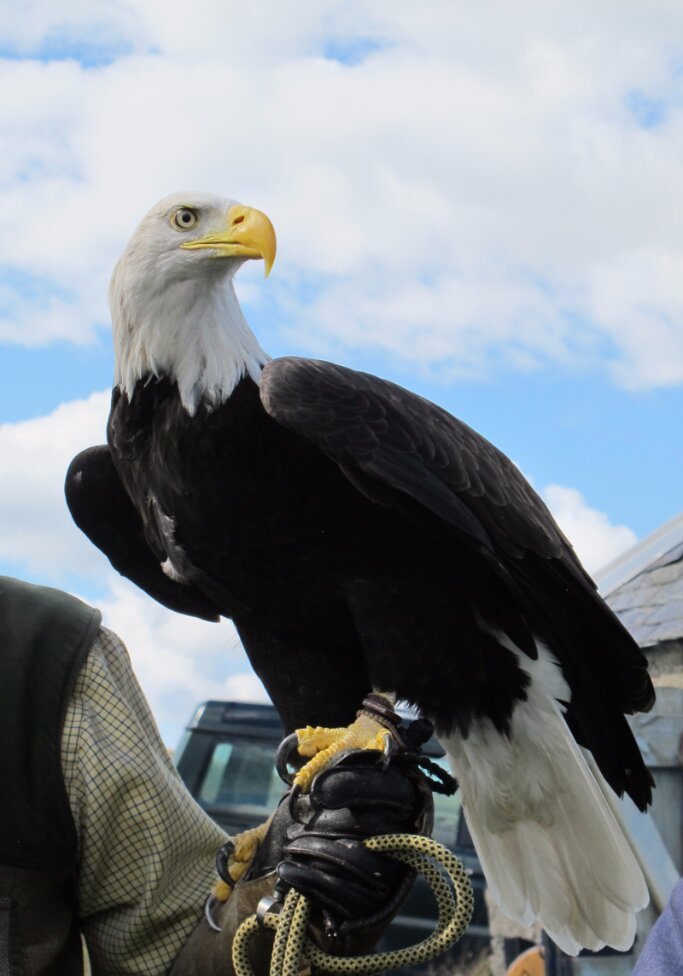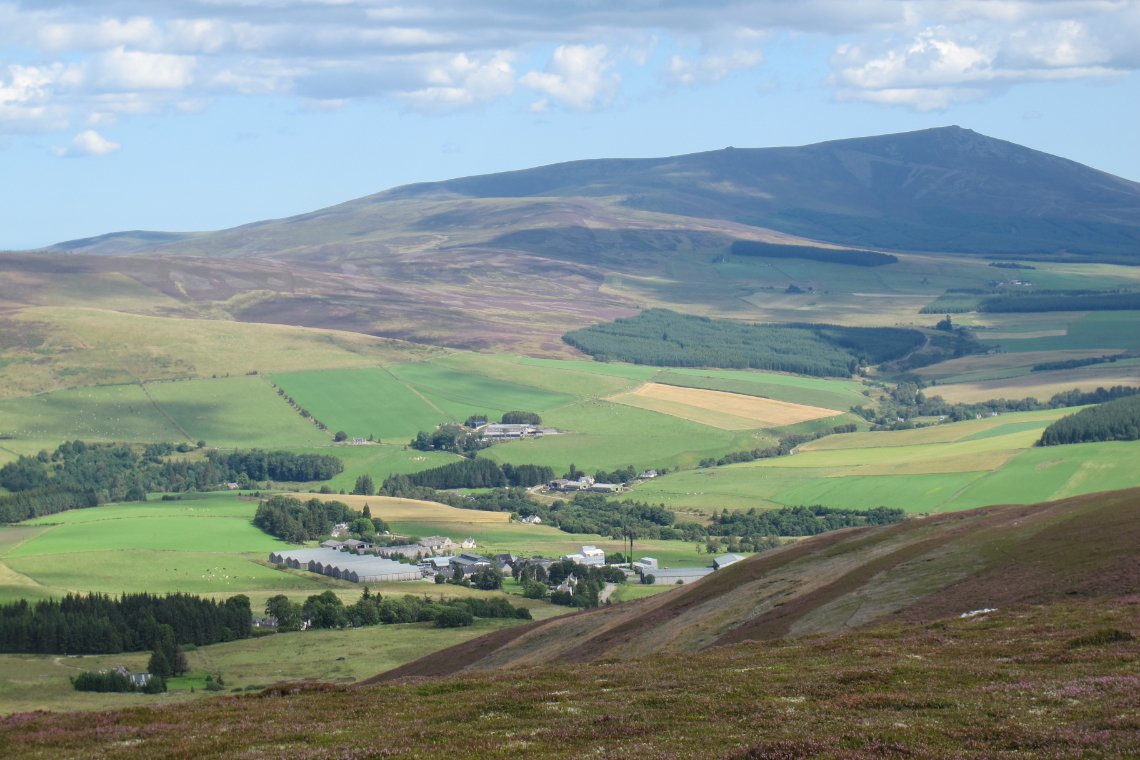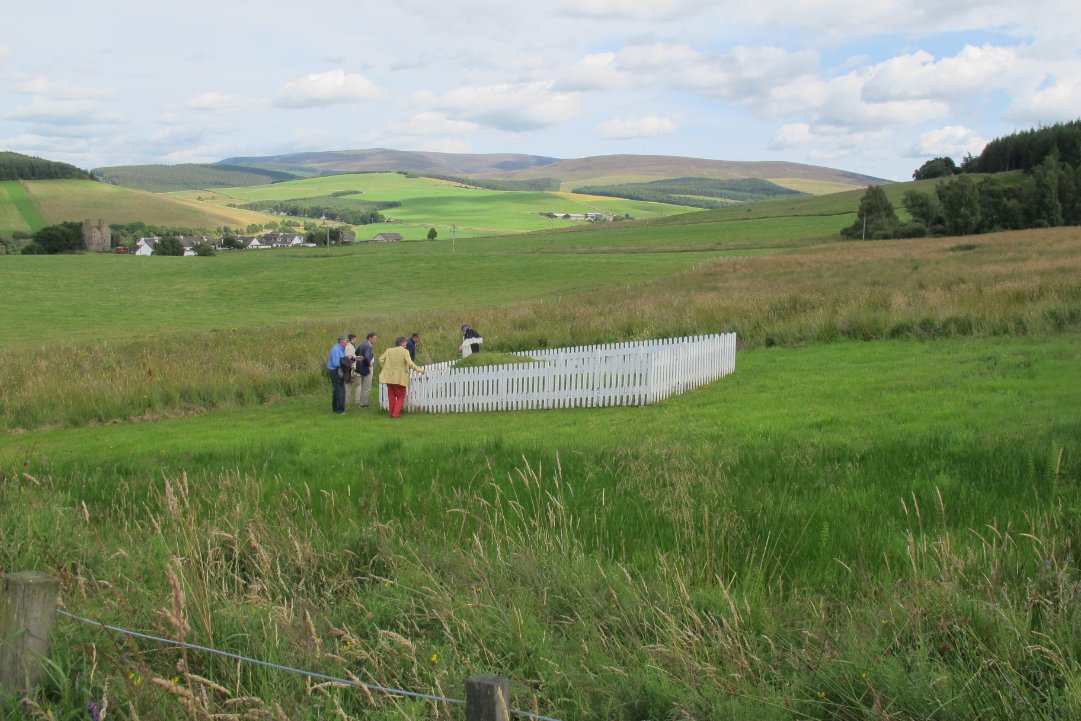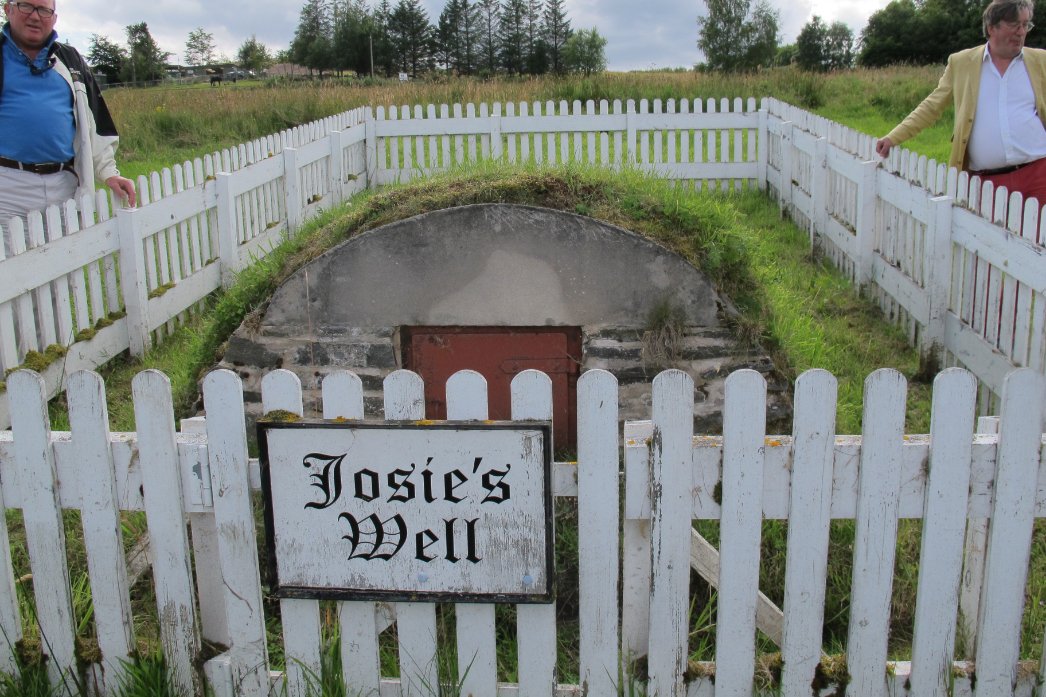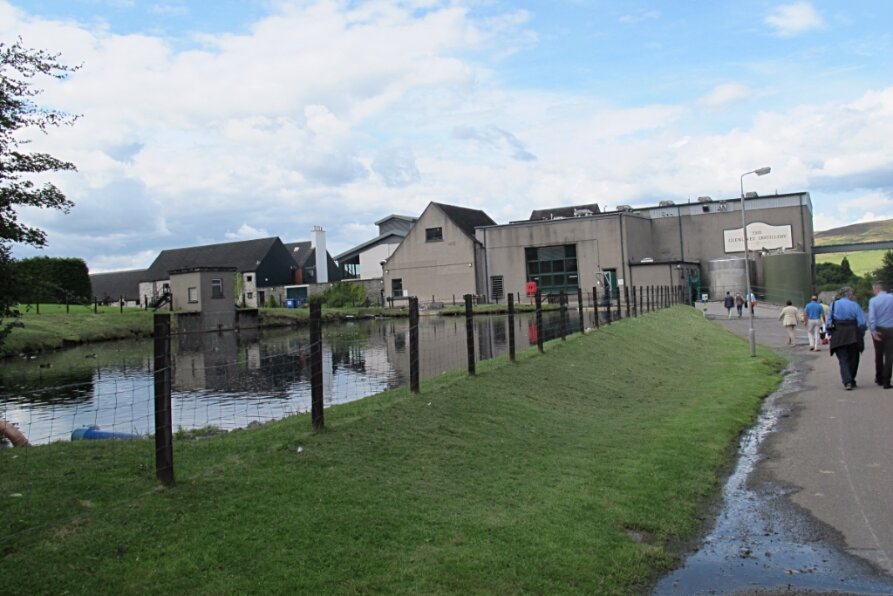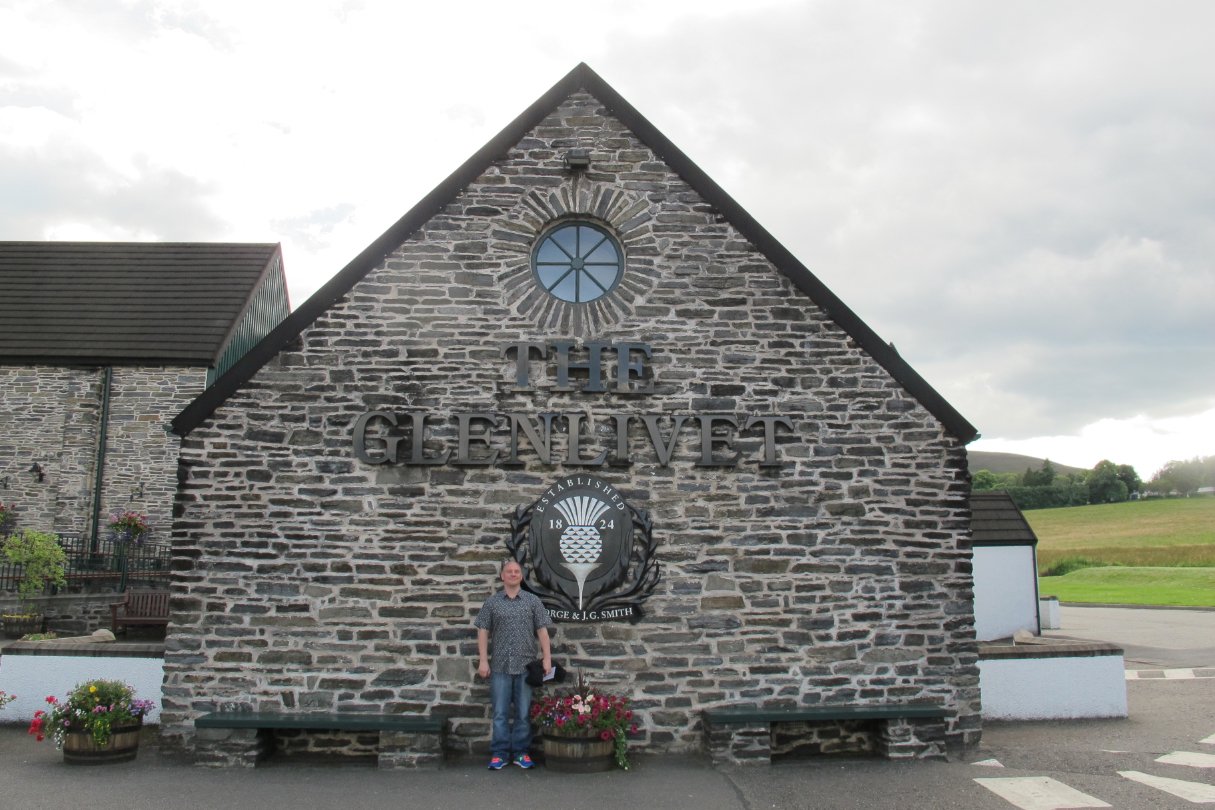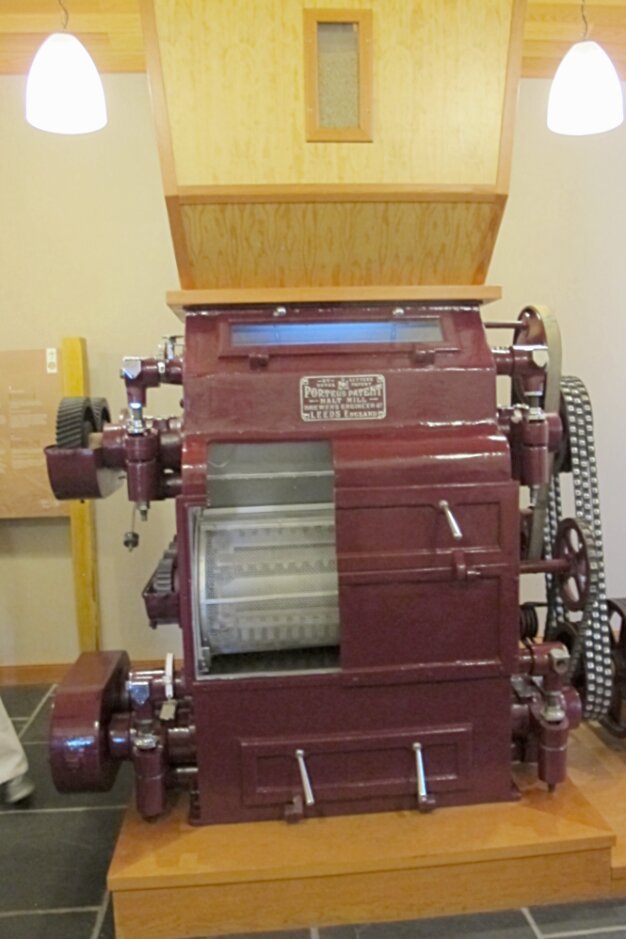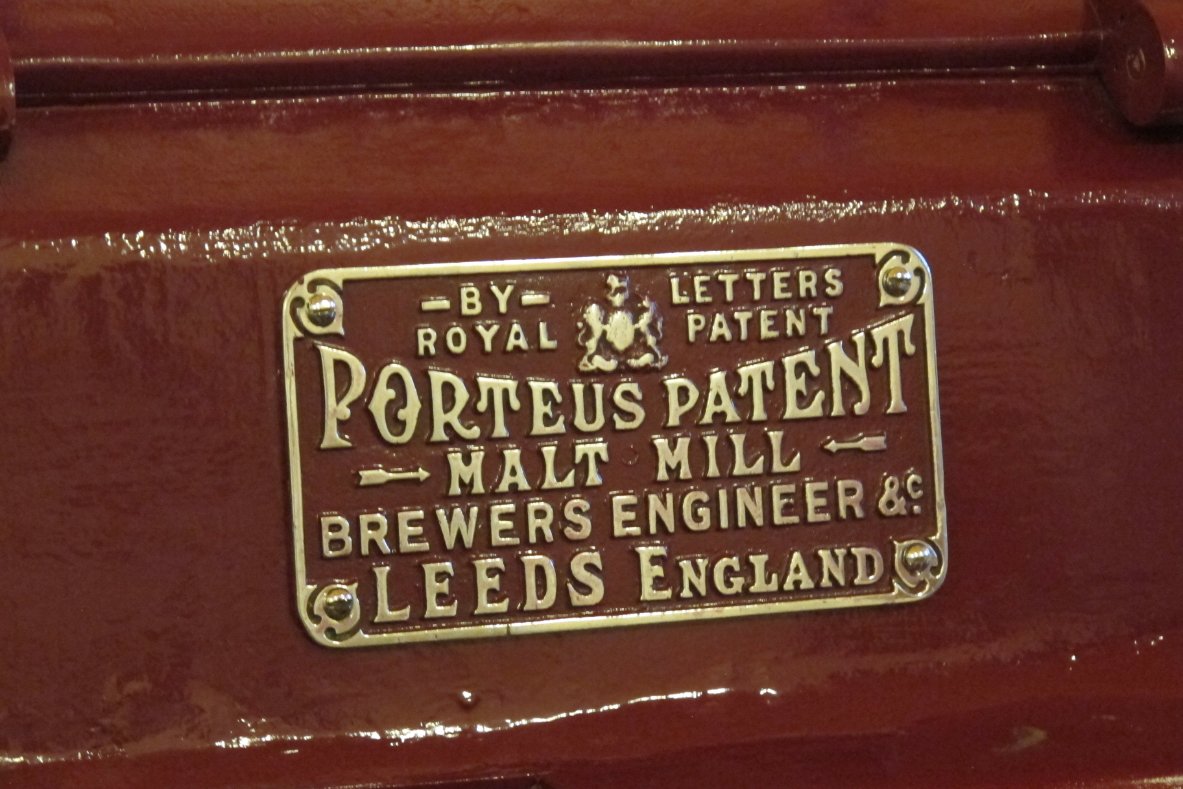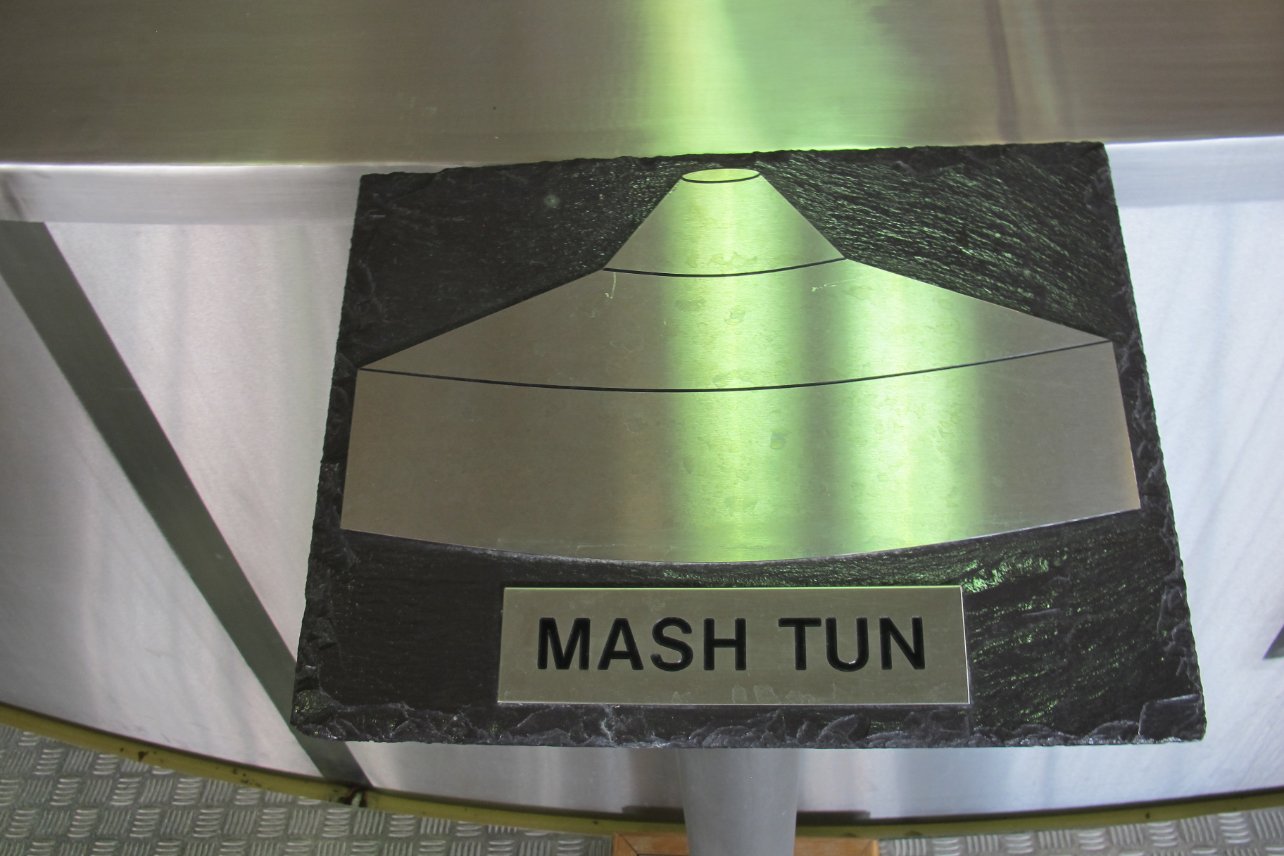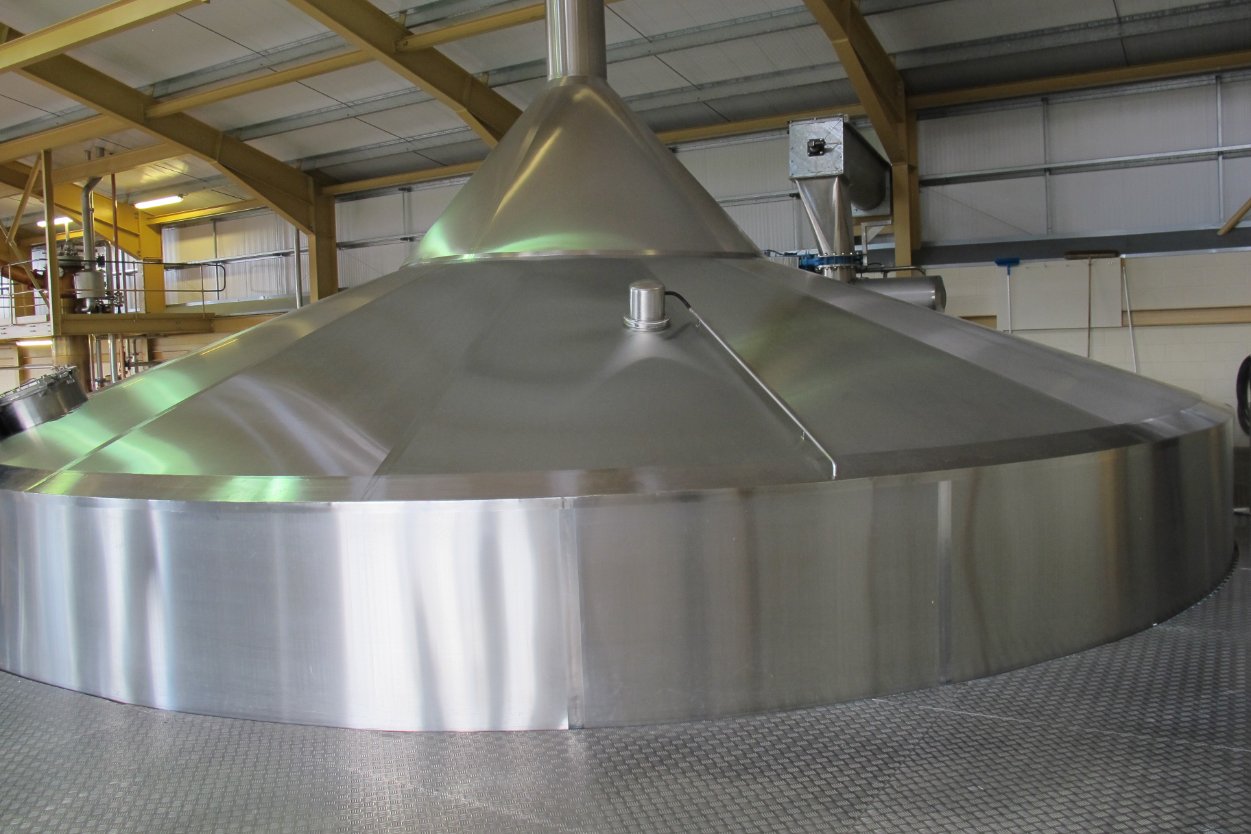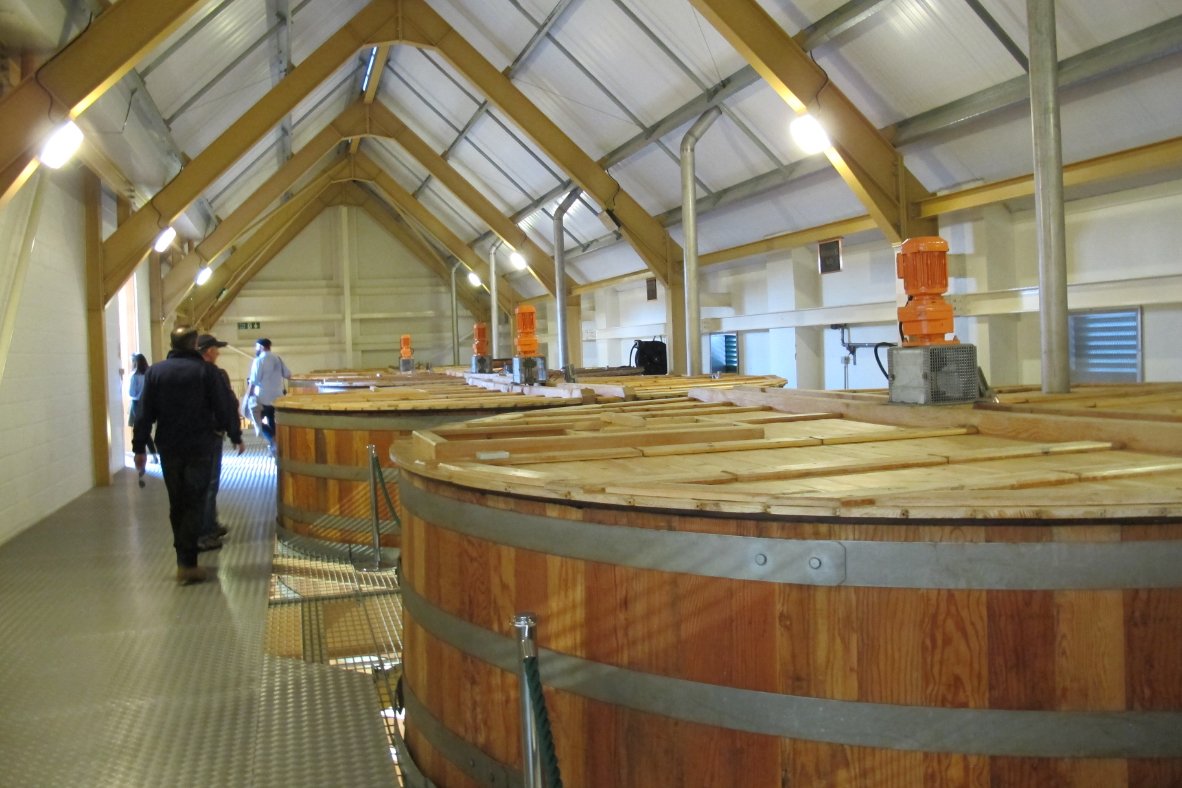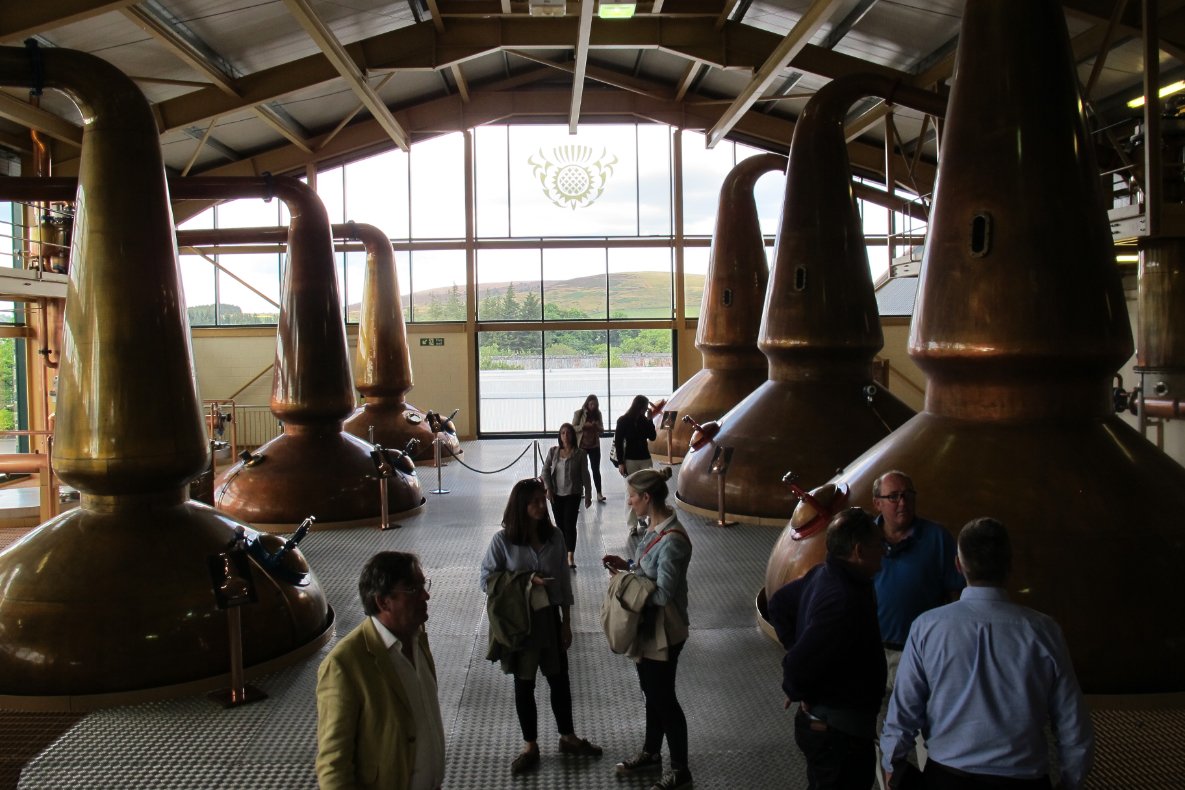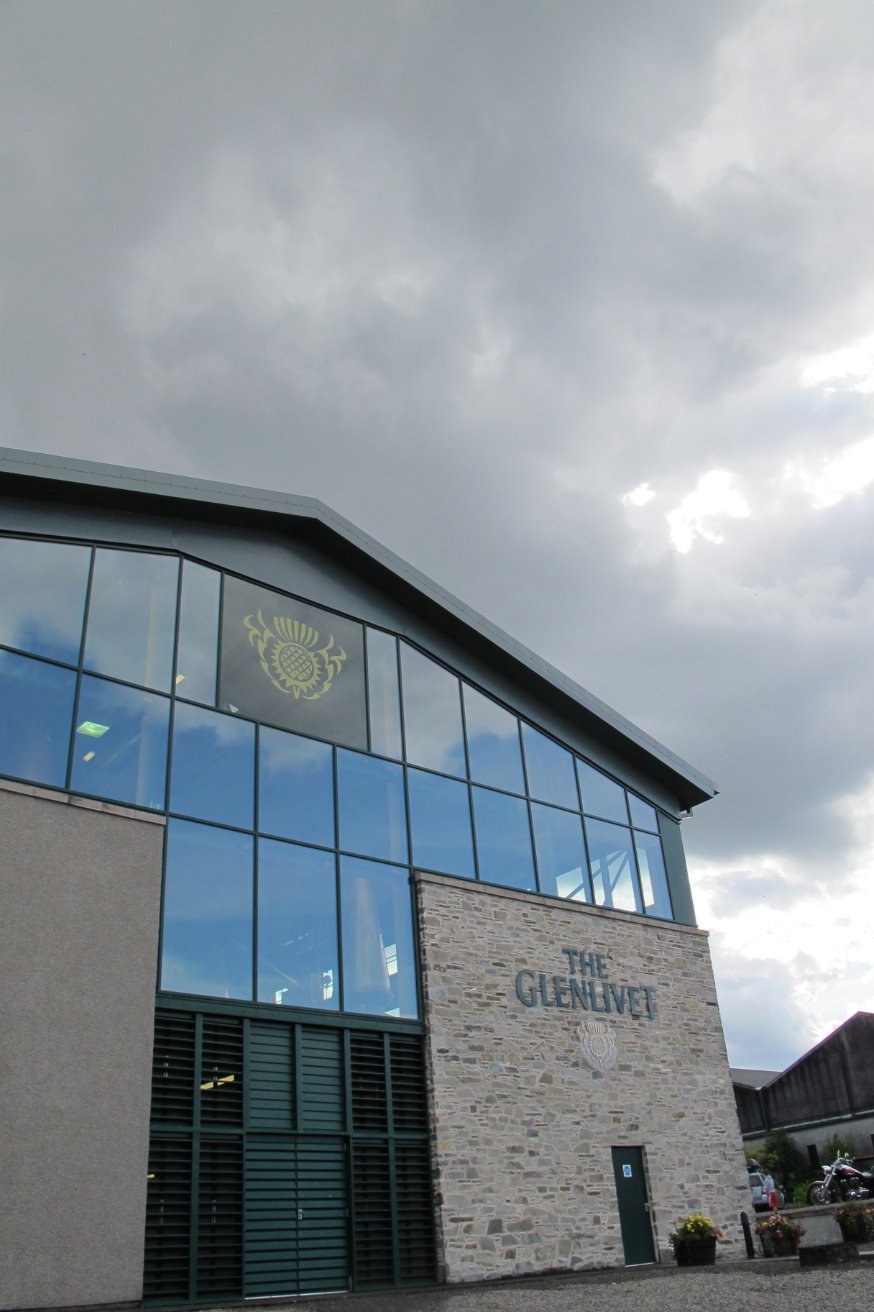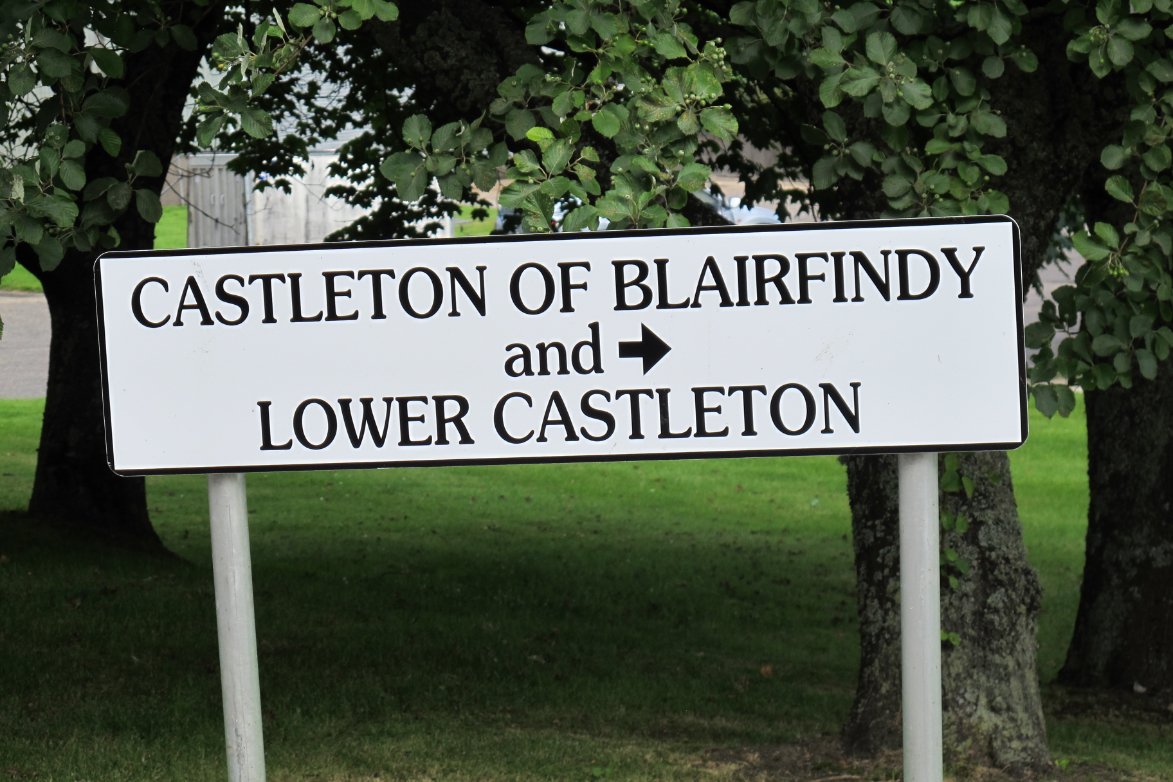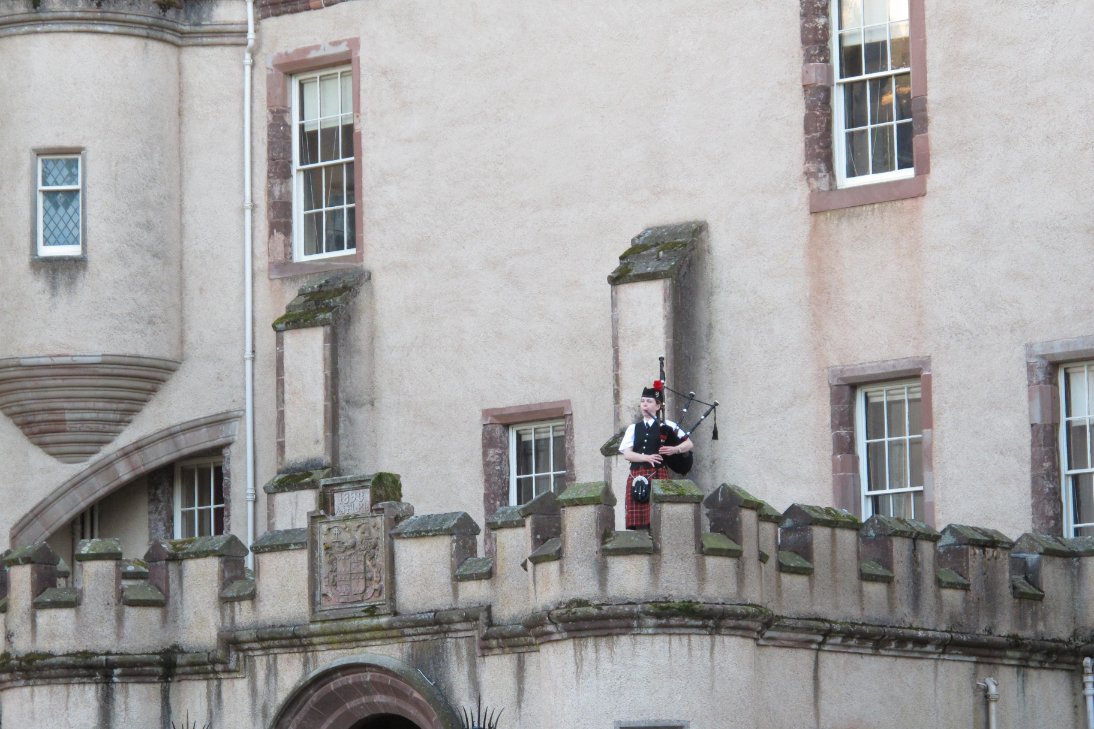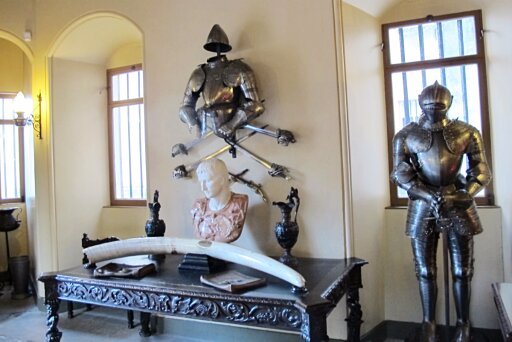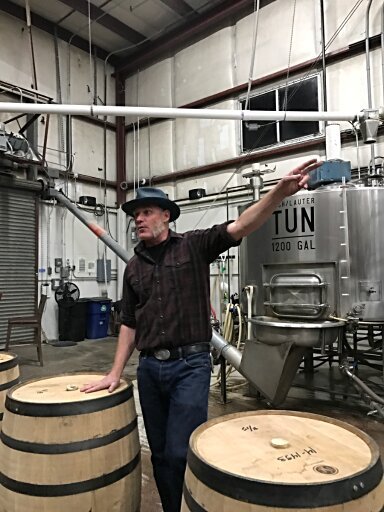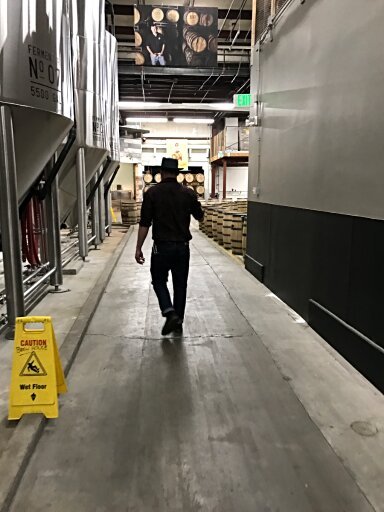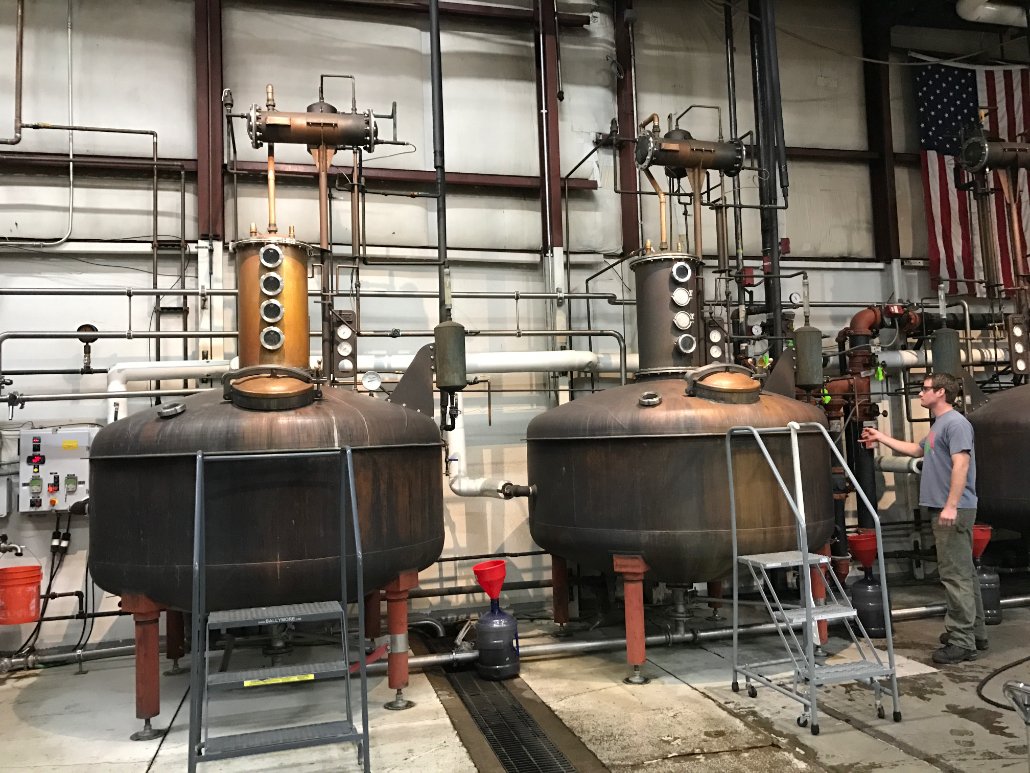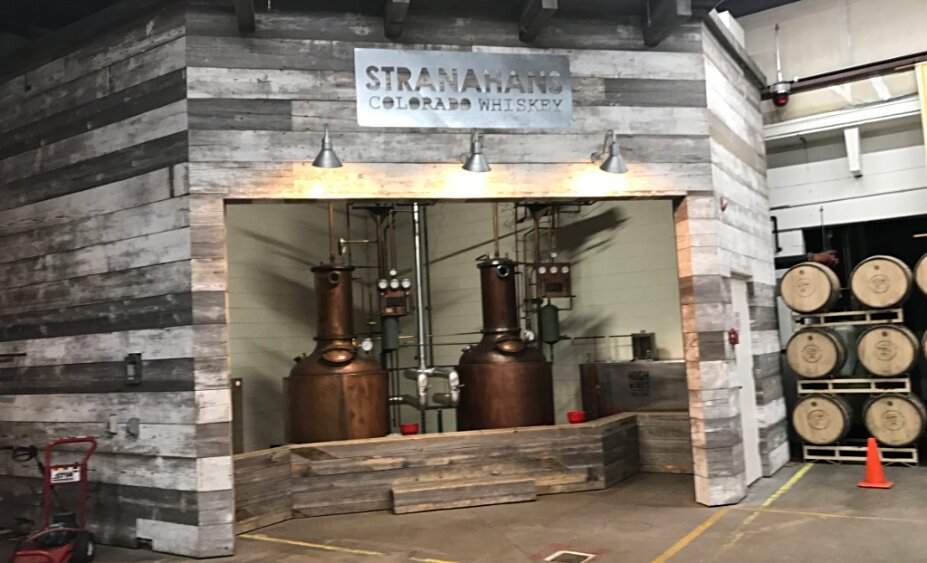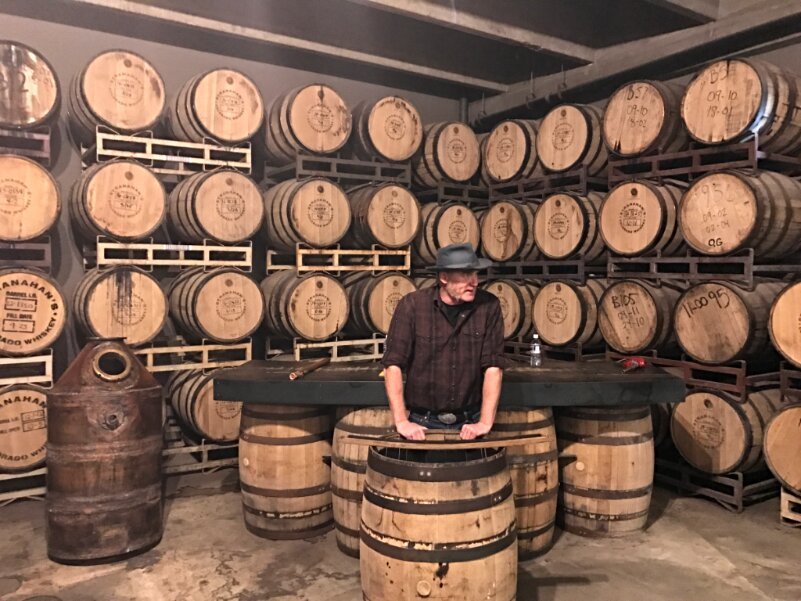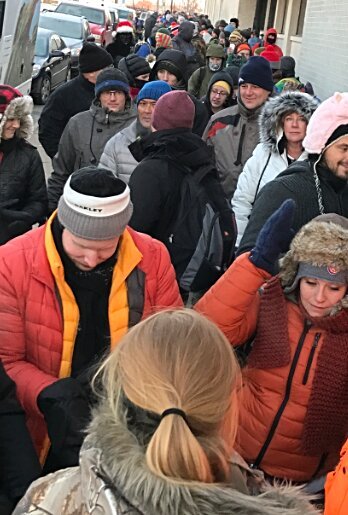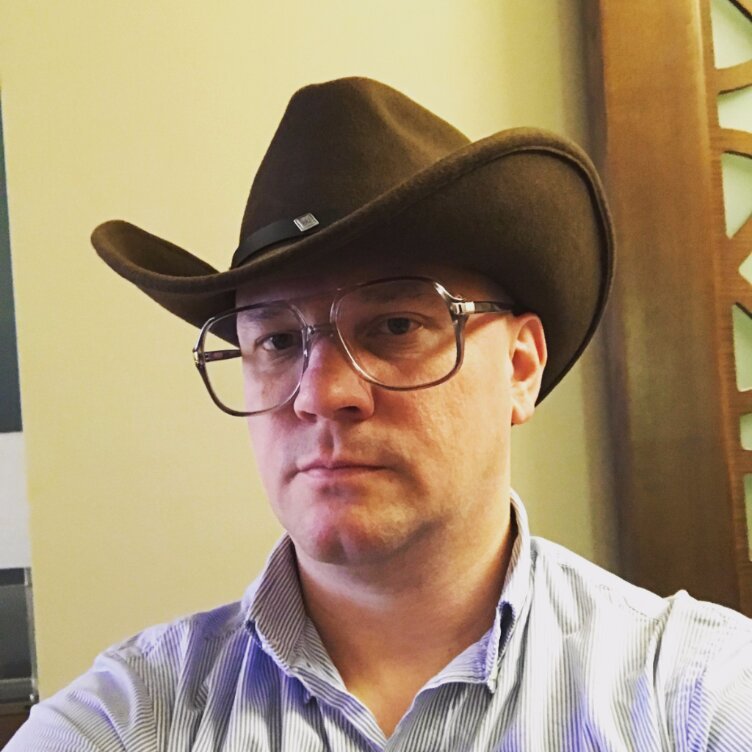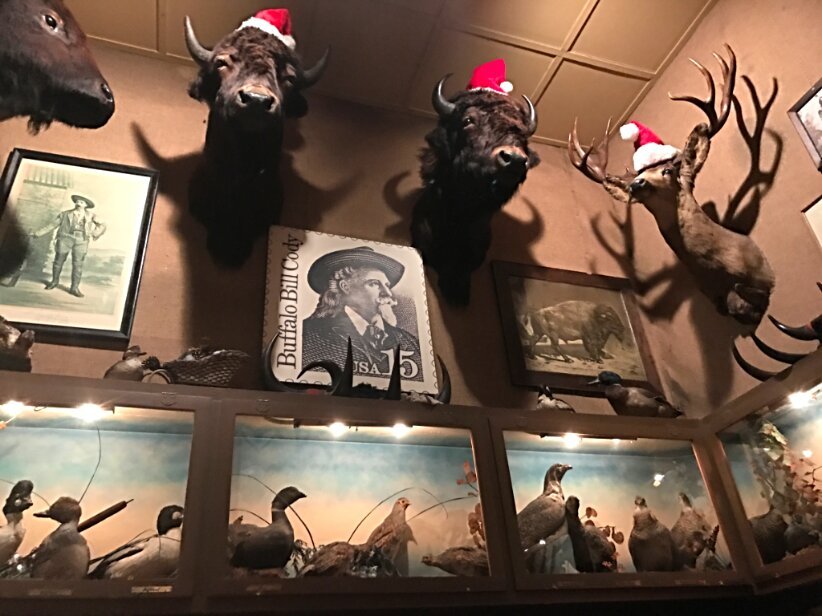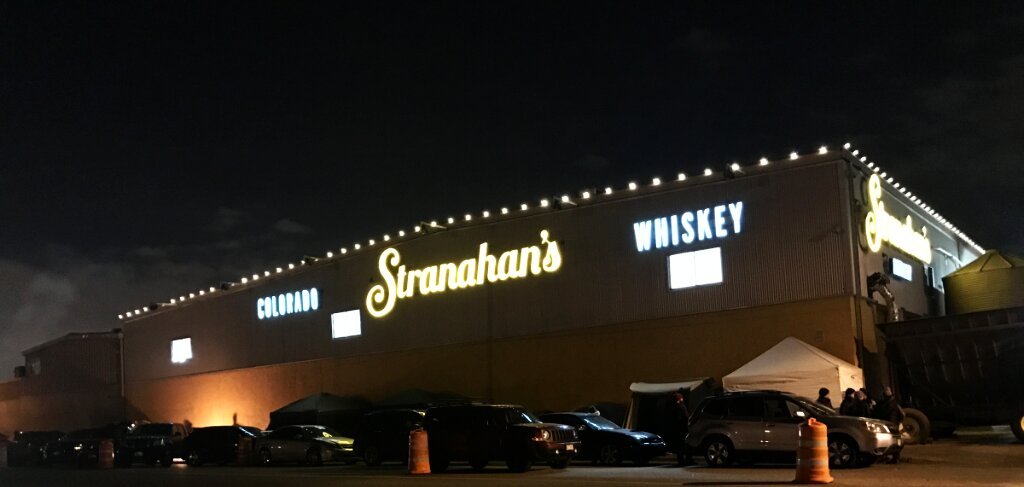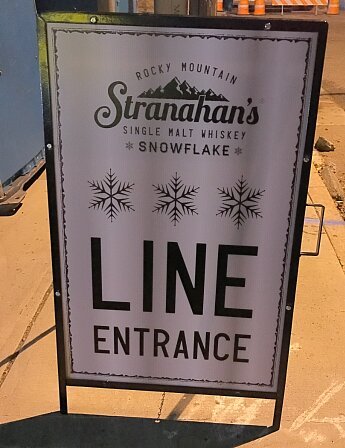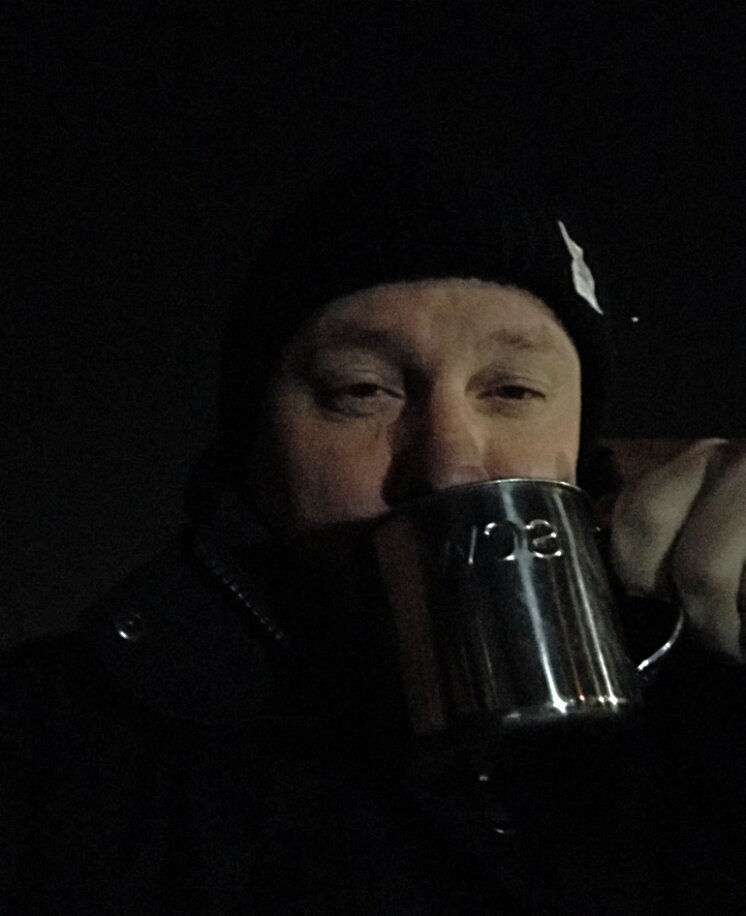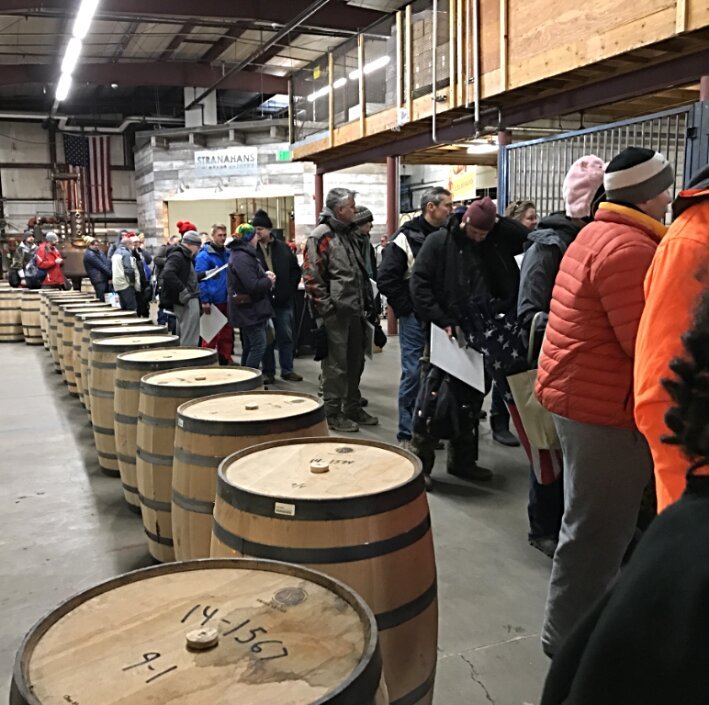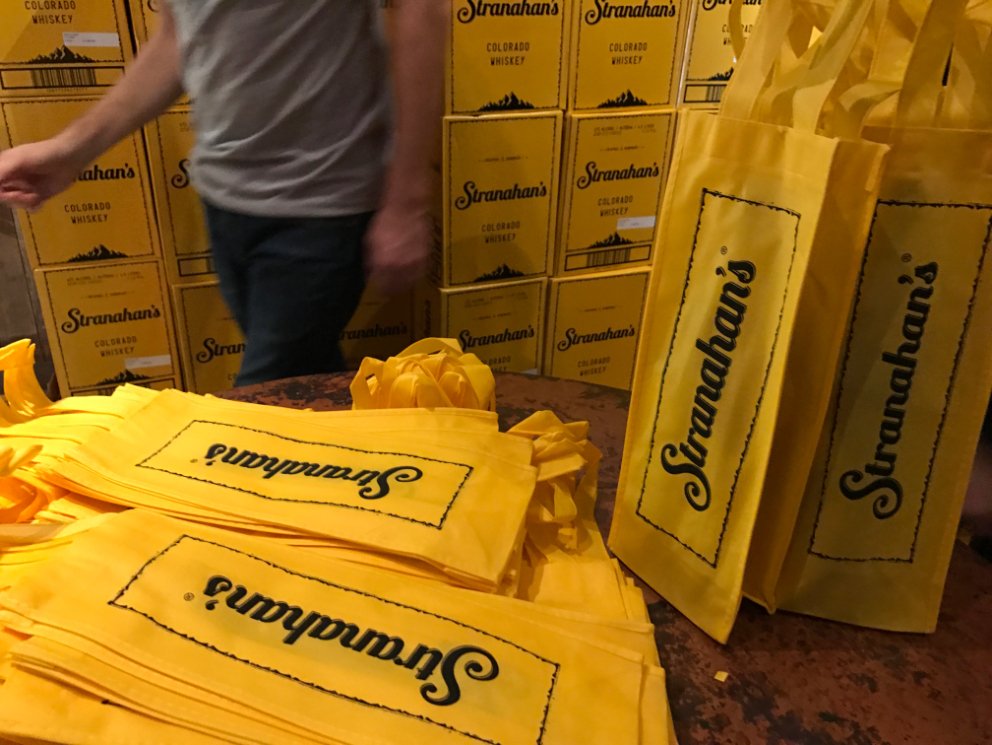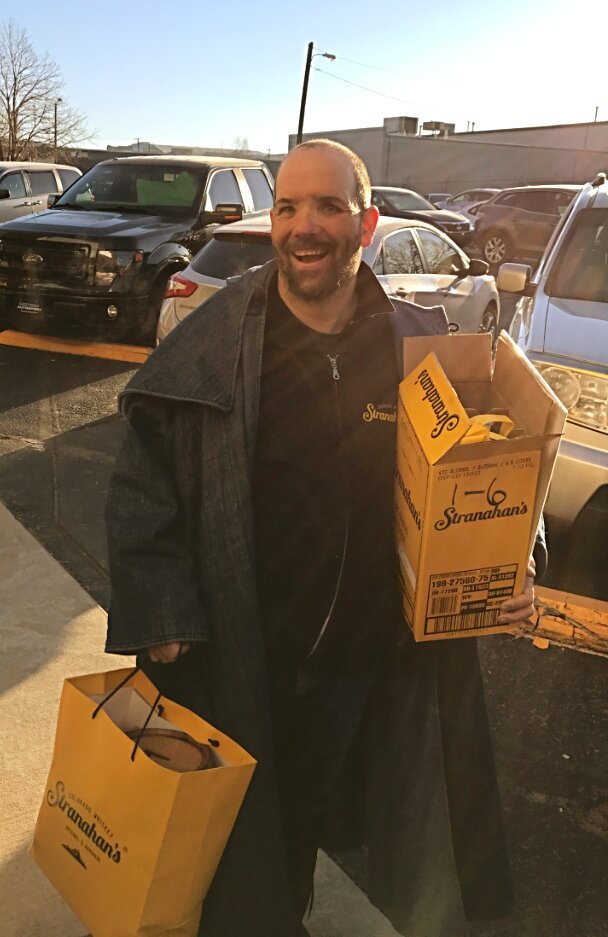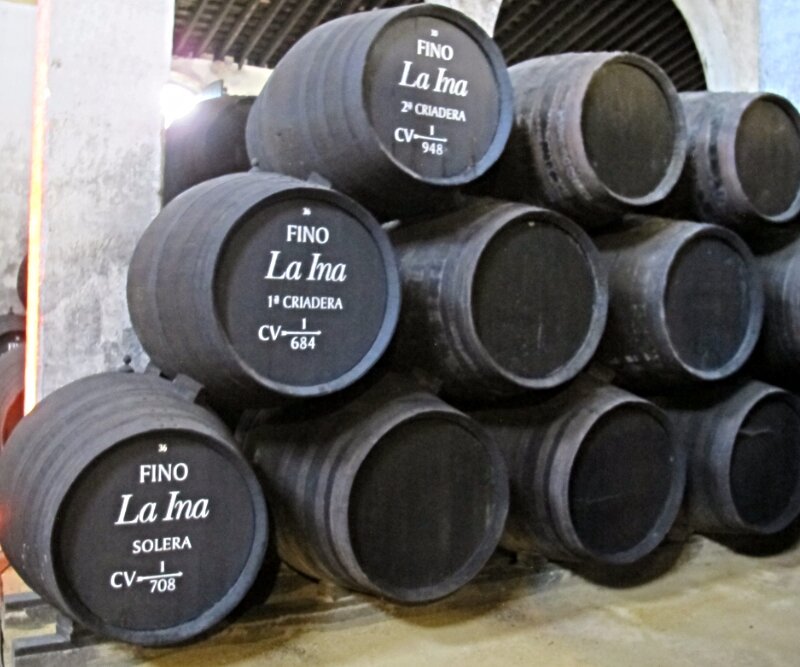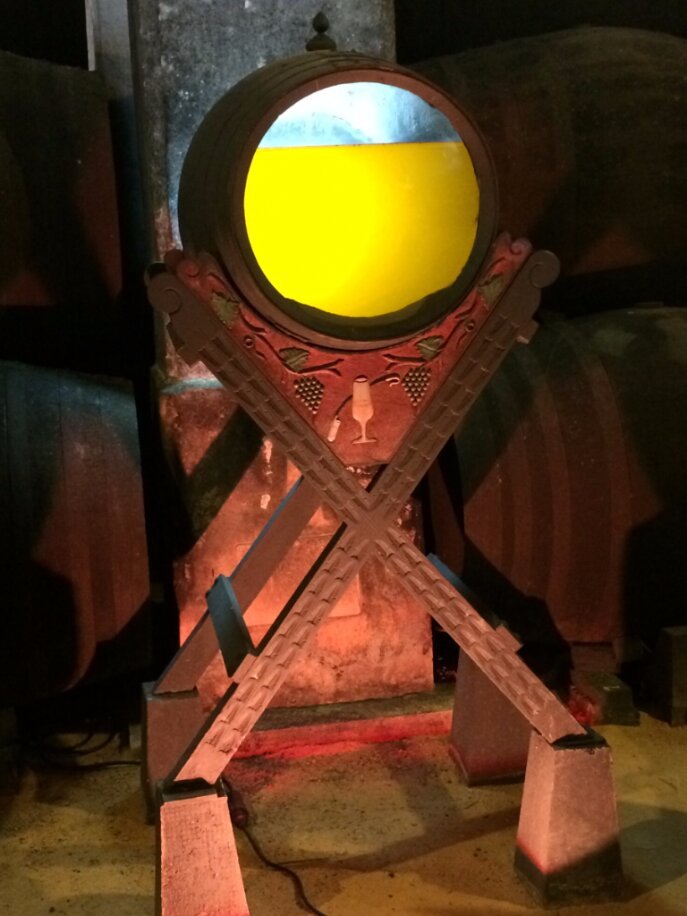I love books! Here are all the books on cocktails and spirits I know of (please do comment if I've missed something) published this year. Give some gifts or just stock up on your winter reading for the cold months. I've got stacks to get through myself.
Whiskey Books
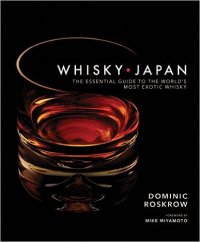 Bourbon: The Rise, Fall, and Rebirth of an American Whiskey by Fred Minnick
Bourbon: The Rise, Fall, and Rebirth of an American Whiskey by Fred Minnick
More Kentucky Bourbon Cocktails by Joy Perrine and Susan Reigler
The Big Man of Jim Beam: Booker Noe And the Number-One Bourbon In the World by Jim Kokoris
Whisky Japan: The Essential Guide to the World's Most Exotic Whisky by Dominic Roskrow
Iconic Whisky: Tasting Notes & Flavour Charts for 1,500 of the World's Best Whiskies by Cyrille Mald and Alexandre Vingtier
Whiskey: A Spirited Story with 75 Classic and Original Cocktails by Michael Dietsch
The Manhattan: The Story of the First Modern Cocktail with Recipes by Philip Greene
Miscellany
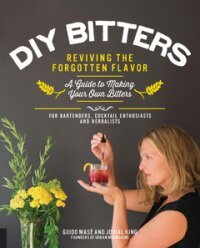 Made of Iceland: A Drink & Draw Book by Reyka Vodka, Snorri Sturluson
Made of Iceland: A Drink & Draw Book by Reyka Vodka, Snorri Sturluson
Inside The Bottle: People, Brands, and Stories by Arthur Shapiro
The Craft Cocktail Coloring Book by Prof Johnny Plastini
Drinking with Republicans and Drinking with Democrats by Mark Will-Weber
The Moonshine Wars by Daniel Micko
Drinks: A User's Guide by Adam McDowell
Shrubs: An Old-Fashioned Drink for Modern Times (Second Edition) by Michael Dietsch
A Proper Drink: The Untold Story of How a Band of Bartenders Saved the Civilized Drinking World by Robert Simonson
Colonial Spirits: A Toast to Our Drunken History by Steven Grasse
DIY Bitters: Reviving the Forgotten Flavor – A Guide to Making Your Own Bitters for Bartenders, Cocktail Enthusiasts, Herbalists, and More by Jovial King and Guido Mase
Amaro: The Spirited World of Bittersweet, Herbal Liqueurs, with Cocktails, Recipes, and Formulas by Brad Thomas Parsons
Drink Like A Grown-Up by The League of Extraordinary Drinkers
The Coming of Southern Prohibition: The Dispensary System and the Battle over Liquor in South Carolina, 1907-1915 by Michael Lewis
American Wino: A Tale of Reds, Whites, and One Man's Blues by Dan Dunn
Distilled Stories: California Artisans Behind the Spirits by Capra Press
Building Bacardi: Architecture, Art & Identity by Allan T. Shulman
Craft Spirits by Eric Grossman
Cocktail Books, General
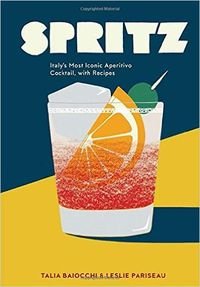 Cocktails for Ding Dongs by Dustin Drankiewicz (Author), Alexandra Ensign (Illustrator)
Cocktails for Ding Dongs by Dustin Drankiewicz (Author), Alexandra Ensign (Illustrator)
Zen and Tonic: Savory and Fresh Cocktails for the Enlightened Drinker by Jules Aron
Pretty Fly For a Mai Tai: Cocktails with rock 'n' roll spirit
Cocktails for Drinkers: Not-Even-Remotely-Artisanal, Three-Ingredient-or-Less Cocktails that Get to the Point by Jennifer McCartney
Aperitivo: The Cocktail Culture of Italy by Marisa Huff
The Complete Cocktail Manual: 285 Tips, Tricks, and Recipes by Lou Bustamante and the United States Bartenders' Guild
Shake. Stir. Sip.: More than 50 Effortless Cocktails Made in Equal Parts by Kara Newman
101 Cocktails to Try Before you Die by Francois Monti
Drink Like a Man: The Only Cocktail Guide Anyone Really Needs by Ross McCammon and David Wondrich
The New Cocktail Hour: The Essential Guide to Hand-Crafted Cocktails by Andre Darlington and Tenaya Darlington
Spritz: Italy's Most Iconic Aperitivo Cocktail, with Recipes by Talia Baiocchi and Leslie Pariseau
Eat Your Drink: Culinary Cocktails by Matthew Biancaniello
Cannabis Cocktails, Mocktails & Tonics: The Art of Spirited Drinks and Buzz-Worthy Libations by Warren Bobrow
Tiki with a Twist: 75 Cool, Fresh, and Wild Tropical Cocktails by Lynn Calvo and James O. Fraioli
Cocktail Books from Bars or Places
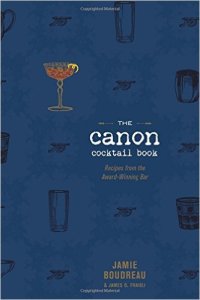 The Canon Cocktail Book: Recipes from the Award-Winning Bar by Jamie Boudreau and James O. Fraioli
The Canon Cocktail Book: Recipes from the Award-Winning Bar by Jamie Boudreau and James O. Fraioli
Regarding Cocktails by Sasha Petraske and Georgette Moger-Petraske
Brooklyn Spirits: Craft Distilling and Cocktails from the World's Hippest Borough By Peter Thomas Fornatale and Chris Wertz
Smuggler's Cove: Exotic Cocktails, Rum, and the Cult of Tiki by Martin Cate and Rebecca Cate
Cuban Cocktails: Over 50 mojitos, daiquiris and other refreshers from Havana
Brooklyn Bar Bites: Great Dishes and Cocktails from New York's Food Mecca by Barbara Scott-Goodman
The Waldorf Astoria Bar Book by Frank Caiafa
Lift Your Spirits: A Celebratory History of Cocktail Culture in New Orleans by Elizabeth M. Williams and Chris McMillian
Science!
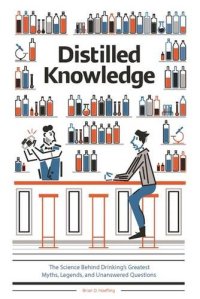 Shots of Knowledge: The Science of Whiskey by Rob Arnold and Eric Simanek
Shots of Knowledge: The Science of Whiskey by Rob Arnold and Eric Simanek
Distilled Knowledge: The Science Behind Drinking’s Greatest Myths, Legends, and Unanswered Questions by Brian D Hoefling
Classic Cocktail Book Reprints
THE HOME BARTENDER'S GUIDE AND SONG BOOK {By Charlie Roe and Jim Schwenck}
AMERICAN BAR {By Frank P. Newman}
LOUIS' MIXED DRINKS {By Louis Muckenstrum}
Beer (A few beer books slip through the cracks and come to me)
The United States of Beer: A Freewheeling History of the All-American Drink by Dane Huckelbridge
The Beer Geek Handbook: Living a Life Ruled by Beer by Patrick Dawson
MY BOOK!
Please consider supporting Alcademics by purchasing a copy of my book Tonic Water AKA G&T WTF. It's a gift to yourself, and a gift to me.
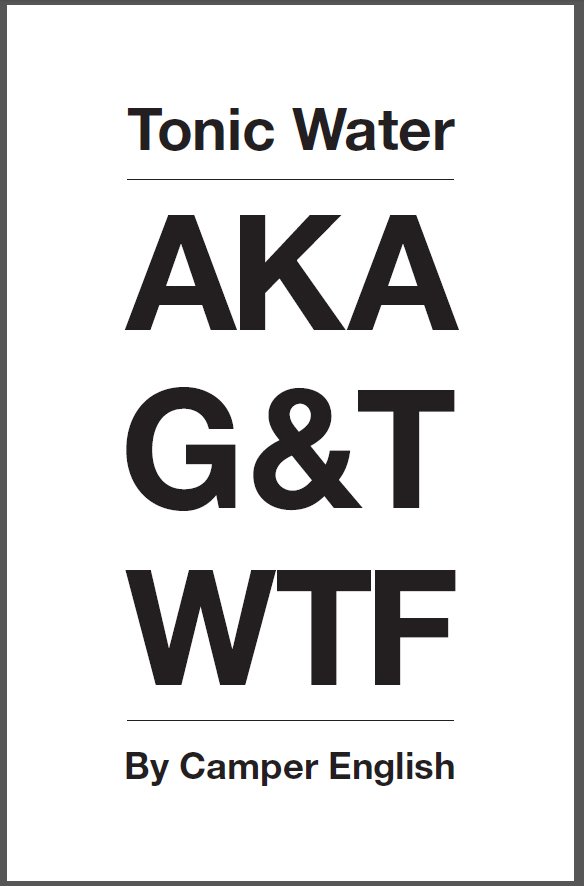
Want to see some of the previous years' books? Well, here they are:
More Than 40 Drink Books Published in 2014 for Reading or Gifting
All the Cocktails & Spirits Books Published in 2015, For Reading or Gifting
